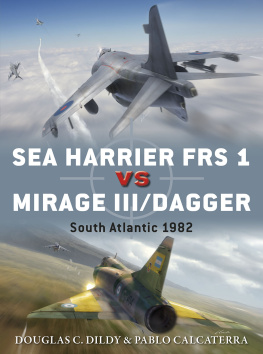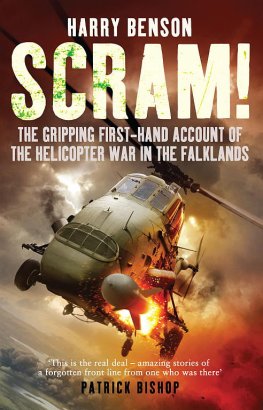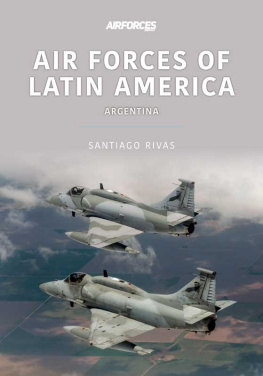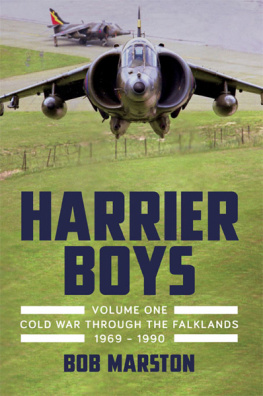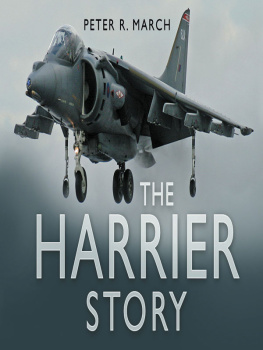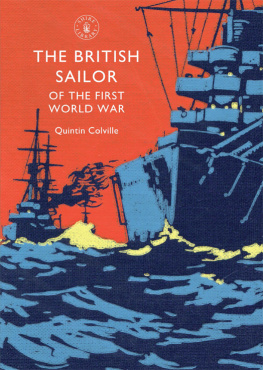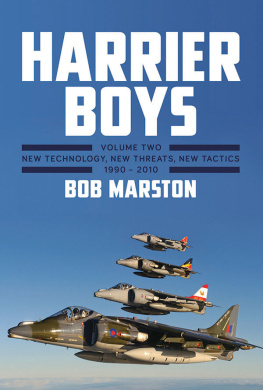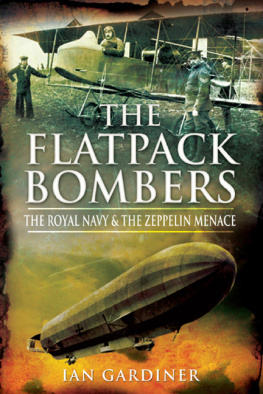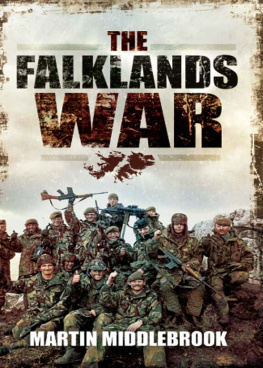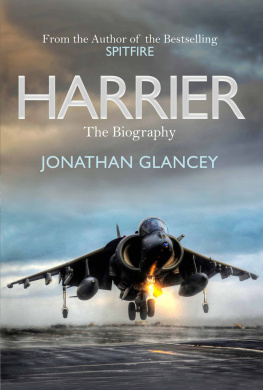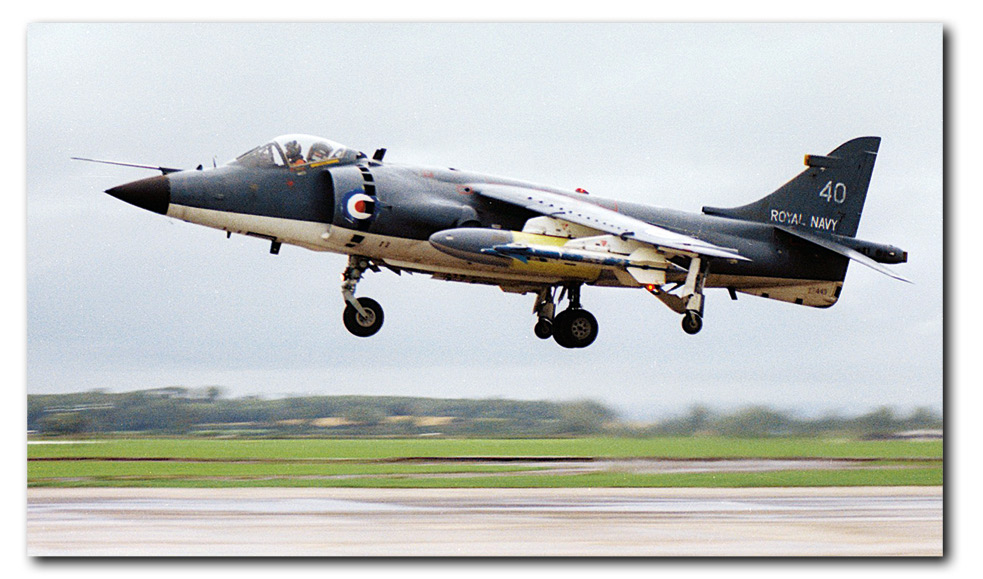1953
Arme de lAir solicits design proposals for high altitude Mach 2 bomber interceptor.
1955
25 June
First flight of Dassault MD 550 Mystre Delta prototype.
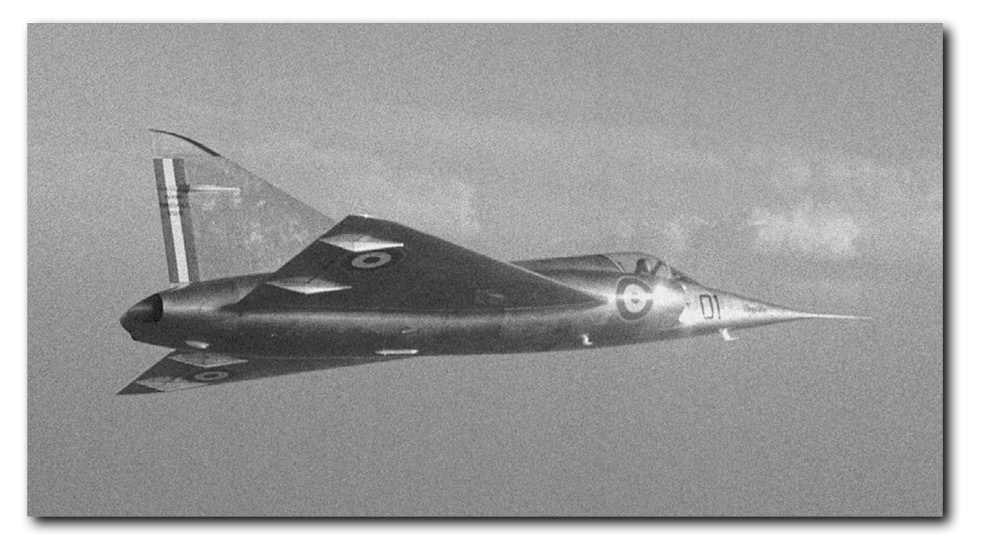
The diminutive MD 550 Mystre Delta was designed as a lightweight point-defence interceptor. The progenitor of the entire line of Dassault deltawinged Mirages, its first flight was on 25 June 1955. ( Dassault Aviation)
1956
5 May
Extensively modified following initial flight testing, the MD 550 now renamed the Mirage I demonstrates significantly improved performance.
17 November
First flight of Dassault Mirage III prototype.
1960
9 October
First flight of Mirage IIIC interceptor.
1961
13 March
First flight of the Hawker Siddeley P.1127 VTOL (vertical take-off and landing) experimental prototype.
5 April
First flight of the improved multi-role Mirage IIIE.
7 July
First Mirage IIIC is delivered to Arme de lAir three months later, Israel orders its third batch of 24 Mirage IIICJs.
1963
8 February
P.1127 XP831 lands on board HMS Ark Royal.
1964
7 March
First flight of the Hawker Siddeley Kestrel FGA 1.
1965
15 December
UN Resolution 2065 calls on the governments of Argentina and UK to negotiate with a view to finding a peaceful solution to the sovereignty dispute over the Falkland Islands/Islas Malvinas. Negotiations proceed in a desultory fashion for the next 12 years.
1966
31 August
First flight of the Hawker Siddeley Harrier developmental aircraft.
1967
19 May
First flight of the dedicated ground attack variant of the Mirage III, designated the Mirage 5J.
510 June
ArabIsraeli Six Day War Israeli Defence Force/Air Force (IDF/AF) Mirage IIICJs claim destruction of 50.5 enemy aircraft, for the loss of nine.
1969
1 January
First Royal Air Force (RAF) Harrier GR 1 unit No. 1(F) Sqn declared operational.
1970
October
Argentina orders its first ten of an eventual 17 Mirage IIIEA interceptors.
1971
21 March
First flight of the IAI-assembled Nesher S single-seat ground attack variant of the Mirage III.
1973
July
FAA activates the I Escuadrn de Caza Interceptora (1st Fighter Interceptor Squadron) with the Mirage IIIEA. Unit expanded into Grupo 8 de Caza in December 1975.
1975
15 May
MoD announces order for 24 Sea Harrier FRS Mk 1s, later increased to 34.
1978
20 August
Maiden flight of first production Sea Harrier FRS 1 XZ450.
December
Argentina purchases its first 24 of an eventual 35 Nesher Ss along with two (of eventual four) Nesher Ts from Israel as Dagger As and Bs.
1980
31 March
First operational Sea Harrier squadron 800 Naval Air Squadron (NAS) and the SHAR headquarters and training squadron 899 NAS formed at RNAS Yeovilton.
1981
28 January
Second Sea Harrier squadron 801 NAS formed for deployment on board HMS Invincible.
29 March
The Junta of Army Commander-in-Chief General Leopoldo Galtieri, Navy commander Admiral Jorge Anaya and Air Force chief Brigadier General Basilio Dozo takes power in Argentina. Repossession of the Islas Malvinas becomes a national priority.
25 June
British government publishes MoDs 1981 Defence White Paper The UK Defence Programme The Way Forward, inadvertently encouraging the Junta to consider repossessing the Falkland Islands/Islas Malvinas.
1982
18/19 March
While salvaging scrap-metal from abandoned whaling stations on South Georgia Island, Argentine workers raise their national flag over their camp, precipitating the BritishArgentine confrontation over the possession of the Falkland Islands/Islas Malvinas and South Georgia Islands. Both respond by despatching naval auxiliaries and marines to South Georgia Island.
26 March
Argentinas Junta decide to forcibly repossess the Falkland Islands/Islas Malvinas, launching Operacin Rosario.
2 April
Operacin Rosario repossesses the islands for Argentina.
5 April
The Thatcher government responds by despatching a carrier and amphibious task force to the South Atlantic, beginning Operation Corporate.
1 May
Negotiations fail to conclude the crisis peacefully. Combat operations over the islands begin with the Black Buck (RAF Vulcan) and Sea Harrier bombing raids. First engagements between SHARs and Mirages/Daggers result in two Sea Harrier victories.
2125 May
Royal Navy amphibious task group (TG 317.0) arrives in San Carlos Water and begins disembarking troops for the land campaign. The Argentine response is a five-day long maritime air campaign using Dagger and Skyhawk fighter-bombers. Losses are high on both sides.
8 June
Last Argentine anti-ship strike against Royal Navy amphibious operations.
14 June
Argentine garrison at Port Stanley/Puerto Argentino surrenders to British forces.
20 June
British government announces that South Atlantic hostilities are concluded.
A completely unique naval combat aircraft of the 20th Century, Sea Harrier FRS 1 developmental airframe XZ440 performs a vertical landing at RNAS Yeovilton in April 1982. (Paul Crickmore)
INTRODUCTION
The Falklands/Malvinas War was one of the most unlikely conflicts in modern history, its origins being exceedingly complex, inflammably contentious and vociferously debated by both sides proceeding and throughout the war they remain so even today.
Originally settled by the French in 1764 and the British one year later (although initially each was unaware of the others presence), the Falkland Islands/Islas Malvinas were acquired by Spain from France in 1766. The Spanish forced the British to abandon their settlement four years later. The islands were then incorporated as part of the Viceroyalty of the Ro de la Plata and ceded to the United Provinces of the Ro de la Plata later renamed Argentina after it won its independence in 1816. A permanent Argentine population was established in 1823, but ten years later the settlers were forcibly removed by Britain. Despite Argentinas diplomatic protests, Queen Victoria incorporated the islands into the British Empire as a Crown colony in 1843.

